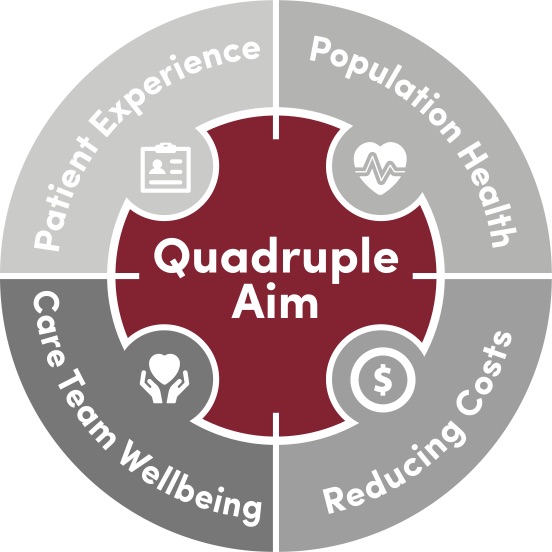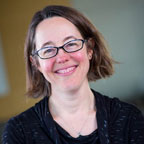Voices of U of U Health
Strategy Refresh: A Prescription for Wellbeing
In conjunction with a university-wide effort, University of Utah Health has launched a six-month Strategy Refresh Initiative to establish our path forward during the next five years, 2020 – 2025. This is one of a series of GOOD NOTES blogs about our mission to elevate the health system and university as models for the nation.
The culture of medicine is like no other. For better or worse, we push ourselves to physical and emotional exhaustion. We take pride in the hours and difficult decisions. We one-up each other with stories of working beyond our limits. But increasingly, health care professionals are experiencing burnout. The World Health Organization recently recognized burnout as an illness, bringing international attention to a problem that has received increased scrutiny in the United States for years.
The hours of our profession aren’t much different, and patients aren’t much sicker. What has changed is the way medicine happens. The business of medicine has slowly replaced personal connection. Relationships have become harder to establish, both with patients and colleagues. The connection to purpose is being replaced with typing, clicking boxes, and a rushed pressure to move ever faster.
We put our heads down and try our best, but it doesn’t meet our expectations. We aren’t meeting the needs of our patients as best we can—and we aren’t meeting our own needs. We’ve lost a sense of balance.

Rediscovering Connection and Purpose
While maintaining a reputation for high-value, patient-centered care, University of Utah Health is making a concerted effort to focus on the experience of those working in health care. We join other health systems across the country seeking to achieve the “quadruple aim”:
- Enhancing patient experience
- Improving population health
- Reducing costs of care
- Consideration for the wellbeing of those delivering care
The core of wellbeing is in relationships and connection. A recent New England Journal of Medicine Catalyst article used a quote by Russian writer Leo Tolstoy to illustrate burnout in modern medicine:
“As we engaged in conversation after conversation, a pattern emerged. Like Tolstoy, who posited that, ‘All happy families are alike; each unhappy family is unhappy in its own way,’ we discovered that across specialty, geography, career stage, and job type, the drivers behind burnout were varied. The driver behind fulfillment, however, was the same: connection—to patients, to purpose, and to peers.”
This article rings true to my experience in medicine and with the Resiliency Center at U of U Health. When you look at groups doing poorly, there are any number of causes: difficult schedules, untenable work load, team conflict, and the list goes on. When you look at groups doing well, they have the same things in common: strong relationships and a sense of purpose.
We've Got What It Takes
Achieving the quadruple aim is one of several steps we are taking to change the culture of how we practice medicine. To get there, we need to focus on our strengths: a culture of community; a commitment to high-value, team-based care; and enthusiasm for innovation. Consideration for faculty and staff wellbeing is not a stand-alone strategy. It must be interwoven into everything we do.
U of U Health has the collective experience and knowledge to lead medicine in a new direction. With emphasis on connection and relationships along with attention to innovation and creativity, we will continue shaping the future of health care.
